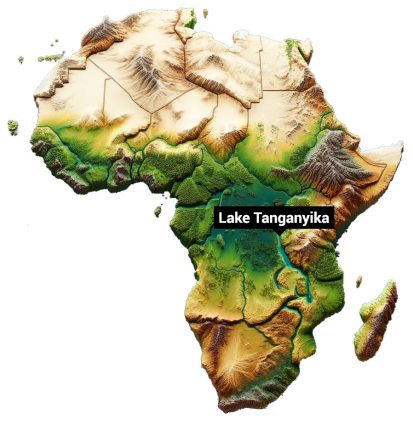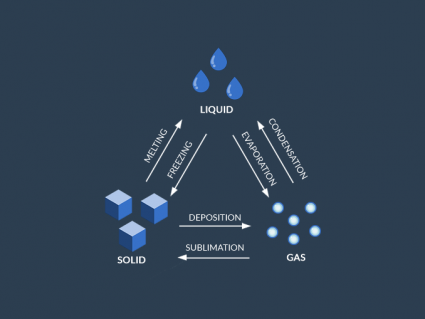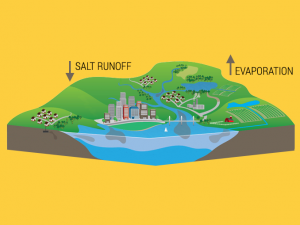What Is the Longest Freshwater Lake in the World?

Lake Tanganyika holds the title of the world’s longest freshwater lake in the world. Stretching approximately 660 kilometers, or over 410 miles, it’s impressively long.
While it’s long, it’s also incredibly deep. In fact, it reaches depths of about 1,470 meters or 4,823 feet. This depth makes it one of the deepest lakes in the world.
Why is Lake Tanganyika so long?

Lake Tanganyika’s length is due to its location in the East African Rift. The East African Rift is a region where the Earth’s tectonic plates are moving apart.
Over millions of years, this movement created a rift valley. Lake Tanganyika formed in this valley. Now, it’s one of the oldest and deepest lakes in the world.
But the rifting process is still ongoing. So, the lake could become even longer and deeper over time. This geological activity makes Lake Tanganyika an ever-changing site.
Where is Lake Tanganyika located?

Lake Tanganyika is situated in East Africa, stretching across four countries. These are Burundi, the Democratic Republic of the Congo, Tanzania, and Zambia.
While its northern tip touches Burundi, the bulk of its eastern shoreline lies within Tanzania. On the western side, it’s between the Democratic Republic of the Congo and Zambia.
Situated just south of the equator, Lake Tanganyika experiences a tropical climate. The lake’s geography includes everything from rugged mountains to lush forests.
Lake Tanganyika Is the Longest Freshwater Lake in the World

Lake Tanganyika is a natural wonder, accounting for 16% of freshwater in Africa. Its impressive length and depth are due to its location in the East African Rift.
Because of its size and location, it’s a vital resource for the surrounding countries. For example, it supports fishing industries and biodiversity.
It’s also a hotspot for biodiversity, including many unique species. So, Lake Tanganyika isn’t just long, it’s also a crucial part of the region’s ecosystem.














